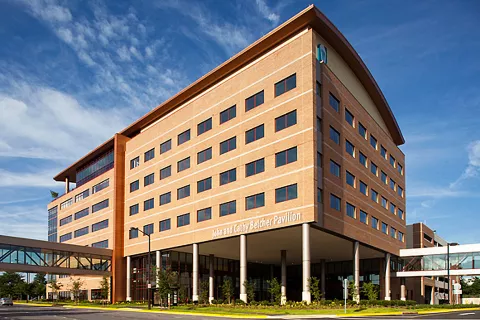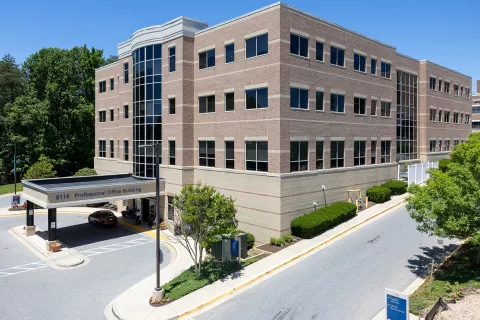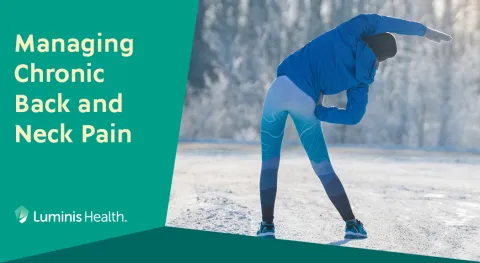We're experts at diagnosing and treating osteoporosis. We also help people build habits that improve bone health and prevent fractures.
What is Osteoporosis?
Our bones constantly break down and rebuild. But as we get older, our bones become thinner and weaker. But this happens silently, without you knowing it's going on.
Several things affect bone strength. For instance, some people are just born with sturdier bones than others. Habits like drinking and smoking can speed up bone loss. And women rapidly lose bone when their estrogen levels drop dramatically during menopause.
When your bone strength falls below a certain range, bones break more easily. And if it's very low — a condition called osteoporosis — your bones can break even during a minor fall.
Unfortunately, osteoporosis-related fractures (also known as fragility fractures) are common in older adults. Half of all postmenopausal women experience at least one fragility fracture over a lifetime.
Some of these fractures have serious consequences, like taking away your independence or even shortening your life. And even when the outcome isn't dire, osteoporosis decreases your quality of life.
The good news is there are ways to slow down bone loss and reduce the risk of a fracture. That's why experts recommend a test — called a dual-energy X-ray absorptiometry (DEXA) scan — to check bone strength sometime between age 50 and 65.
When you should get your first DEXA scan after age 50 depends on risk factors., including if:
- You have a family history of osteoporosis.
- You're a smoker.
- You've had a fracture.
Your doctor may also suggest an earlier test if, for example, you slip and break your wrist. Why? If your bones are healthy, a fall from a standing height or less shouldn't cause a broken bone.
Also, the Fracture Risk Assessment Tool (FRAX) can help gauge what your fracture risk is if your DEXA scan shows you have osteopenia (low bone density).







